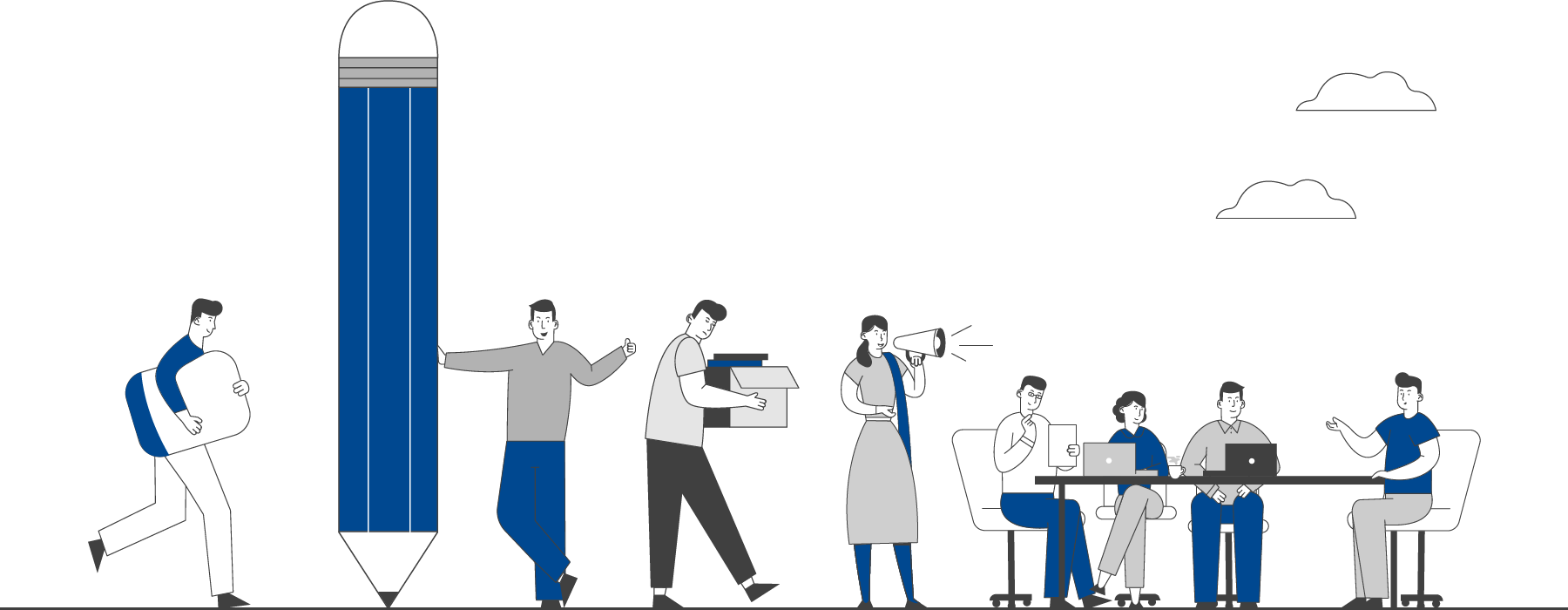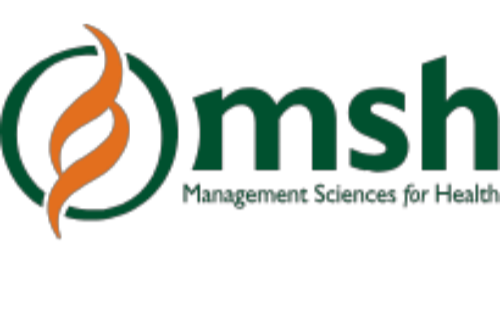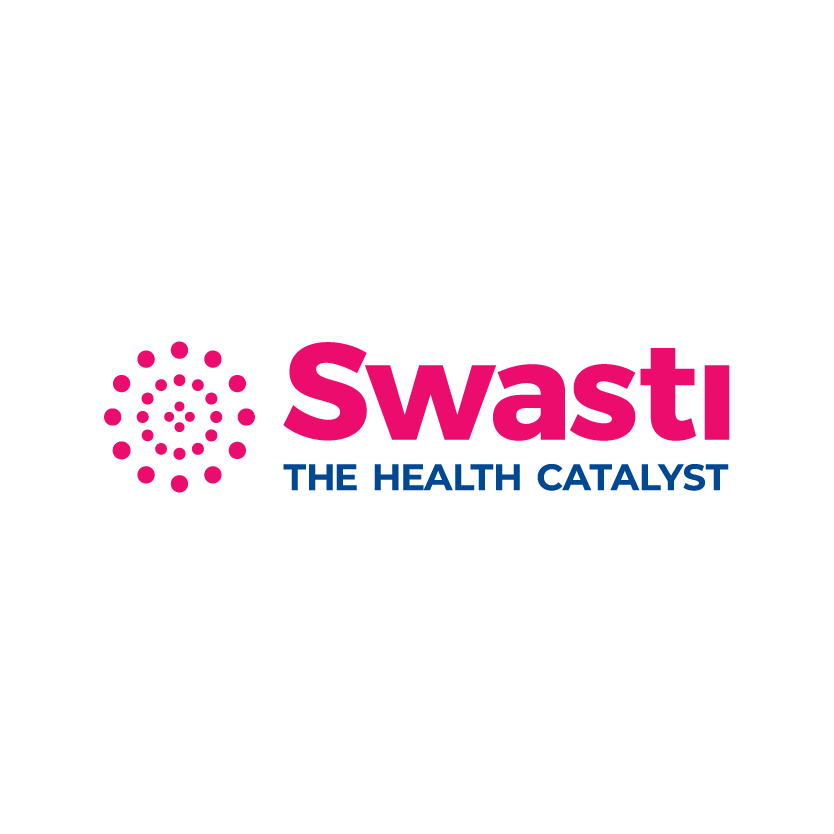

This section hosts guidelines, manuals and toolkits to strengthen public health practice.
Resources
FILTER
BY CATEGORY
View All
COVID-19 Global Risk Communication and Community Engagement Strategy
29 Jul 2022by UNICEF, WHO, IFRC, GOARN OVER 1 HOUR
COVID-19 is more than a health crisis; it is also an information and socio-economic crisis. The pandemic and the associated response are prompting the deepest global recession in nearly a century and pushing an estimated 70-100 million more people into extreme poverty. Until biomedical tools such as vaccines or treatments are developed and widely available people’s behaviors and their willingness to follow public health and social measures remain the most powerful weapons to stop the spread of the virus. Consequently, there is an unprecedented need to elevate the role risk communication and community engagement (RCCE) plays in breaking the chains of transmission and mitigating the impact of the pandemic. A revised RCCE strategy was needed to reflect this and the learning from the response to-date. The new strategy will cover six months from December 2020 to May 2021. Analysis of socio-behavioral data shows us some broad trends. In general, people know about COVID-19 and the preventive measures necessary. However, people are becoming complacent and risk perceptions are lowering. In general, people are feeling less confident in what they can do to control the virus. As the pandemic becomes more protracted, pandemic fatigue is increasing. The growing fatigue, the stress caused by uncertainty, lowering risk perceptions, and reducing trust in government responses, is taking its toll on the fabric of our communities.
The shift presented in this strategy is to move from the directive, one-way communication, which characterized the early stages of the COVID-19 response, towards the community engagement and
participatory approaches that have been proven to help
control and eliminate outbreaks in the past.
To read the full document, please click the linked file.
Related File :
9691616472.pdfCategories
COVID-19

 EXPLORE DATA
EXPLORE DATA 



























